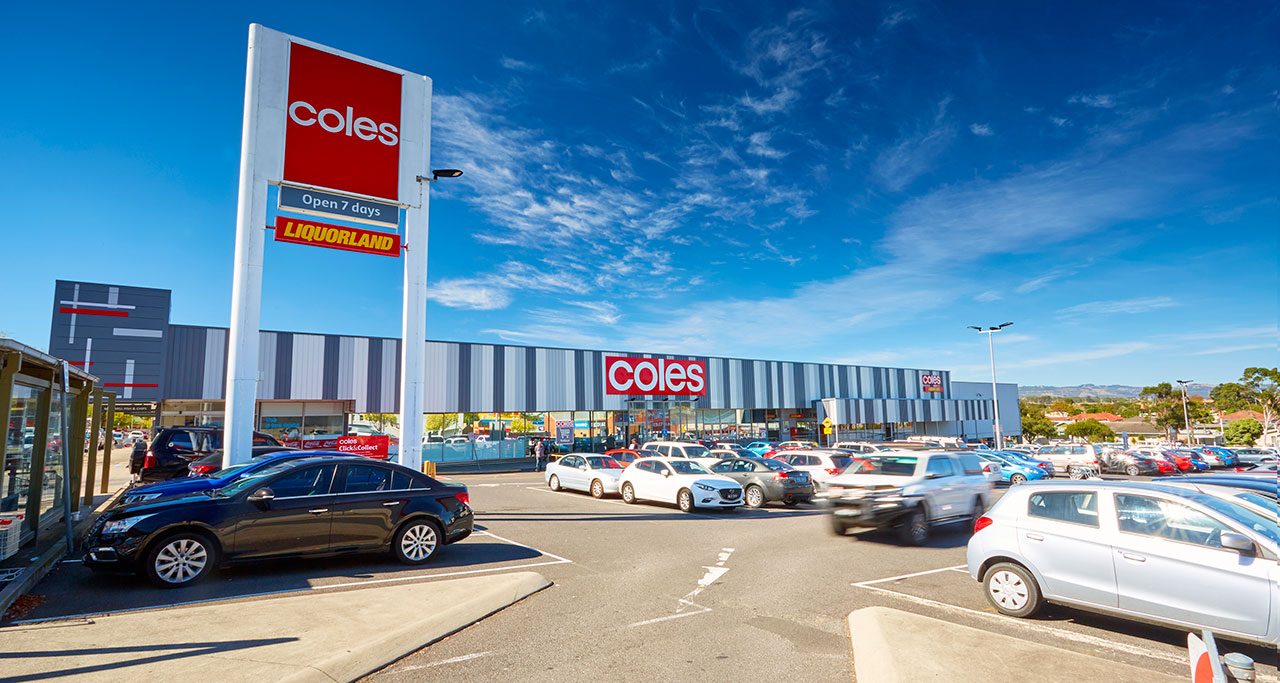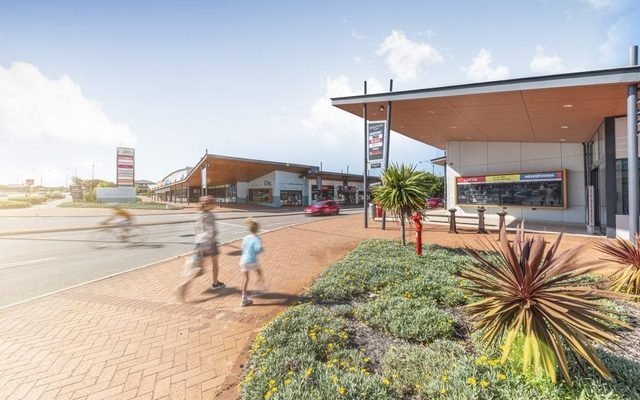This article is from the Australian Property Journal archive
IN the retail sector, neighbourhood centres are still the strongest performing and most resilient asset.
According to JLL’s latest Retail Centre Managers’ Insights report, manager sentiments are up and neighbourhood shopping centres continue to overshadow other retail assets, proving to be resilient, with investor demand and liquidity remaining strong.
Neighbourhood centres were supported by supermarket sales throughout the global pandemic, with supermarkets making up a high degree of average neighbourhood centre turnover.
Total centre MAT growth was increased by 8%, largely due to these supermarket anchor tenants.
Neighbourhood centres also benefited from relatively low exposure to discretionary tenants, with rent collection rates also supported throughout the pandemic.
Sentiments have improved for centre turnover, since JLL’s June 2020 survey, with 65% of JLL centre managers believing their centre MAT will improve in the next 12 months.
In 2020 national store closures hit a peak in April, with 75% of stores closing temporarily, while just 8% of tenants now remain temporarily closed.
“The Federal Government’s commercial code of conduct proved crucial to supporting our tenants in heavily challenged markets. The slow return to the office, particularly in Melbourne, has been a setback to CBD assets. While the return of tourism remains uncertain, we are confident foot traffic will improve as employers and both local and state governments continue to incentivise the return to CBDs,” said Tony Doherty, head or retail, property & asset management for JLL Australia.
Visitor traffic in the country’s CBDs is up as lockdown measures were eased, despite a lack of international tourism. Overall the CBD retail market is expected to be supported by investment into other sectors, bringing foot traffic and with it bolstering demand from retailers.
With the lowest levels of office worker occupancy, due to ongoing restrictions, the Melbourne CBD, is the most challenged, accounting for the a large portion of stores still closed.
Throughout 2020 suburban assets tended to benefit from localised spending, strengthening anchor tenant trade in these sub-regional assets.
“During the pandemic period, consumer shopping habits generally became more localised, benefitting many suburban neighbourhood and sub-regional centres and highlighting the convenience of shopping local,” said Doherty.
Discount department stores also rebounded over the year, driving up the performance of sub-regionals.
Convenience or food focused centres performed reasonable, while assets with high discretionary specialty exposure were most heavily impacted.
“The incredibly challenging retail landscape of 2020 resulted in significant divergence across the JLL managed portfolio. Neighbourhood assets were the clear winners, as supermarkets and food specialties thrived with more Australians dining at home,” added Doherty.
By the final month of 2020, 22% of tenants were still receiving rent relief according to JLL centre managers, with tenants in Victoria making up 45% of those receiving assistance in December.
“Although hurdles remain as government stimulus is wound back, Australian consumers are well equipped to spend. This is a result of high household savings accumulated throughout the pandemic and near record high consumer confidence alongside the roll-out of Australia’s vaccine program,” said Doherty.
JLL Research forecasts a continued decline in market rents in 2021, due in large part to structural changes taking place in the retail industry, though this will be varied throughout subsectors.
“Neighbourhood market rents are forecast to decline only moderately compared to larger discretionary-weighted assets. Considering JLL’s management portfolio is comprised of predominantly neighbourhood or convenience-focused on sub-regional assets, this is consistent with the improvement in centre manager views on rents since the June survey,” said Louise Burke, senior Analyst, retail research for JLL.
Meanwhile across JLL centre managers, 39% believe to rents will remain stable over the coming six months.
“In the short-term, high levels of consumer spending and the recent strong financial results reported by major Australian retailers suggests that need to reduce store networks has somewhat eased. This should give landlords some time to consider new strategies to mitigate the risk of shrinking tenant types, for example fashion,” concluded Burke.





